Prehistoric societies in the British Isles were creating artistic designs on rock as long ago as the late Ice Age, a new study confirms.
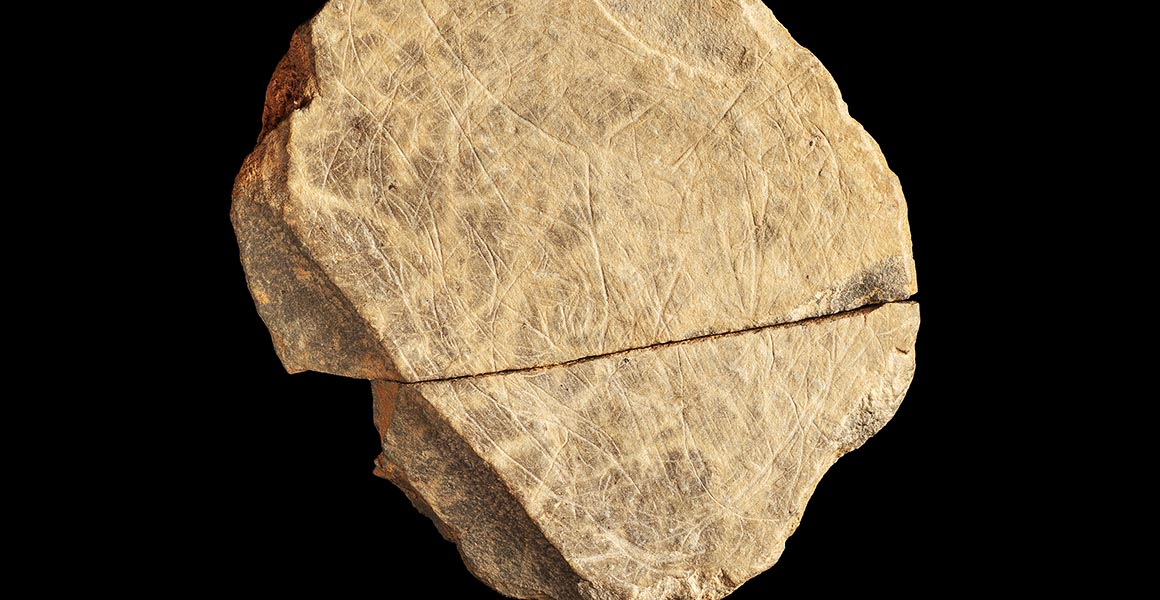
This rock shows geometric art made by the Magdalenians, an Ice Age culture living in Europe.
Ten fragments of stone engraved with abstract designs were found at Les Varines in Jersey between 2014 and 2018.
The plaquettes, or flat, engraved stones, are believed to have been made by the Magdalenians, an early hunter gatherer culture.
Magdalenian culture in the Ice Age
The Magdalenians were prehistoric humans that lived in Europe between 23,000 and 14,000 years ago, towards the end of the last Ice Age (which geologists call the Pleistocene epoch). The Magdalenian era saw a flourishing of early art, from cave art to the decoration of tools, and the engraving of stones and bones.
Society was semi settled, and people lived in dwellings and hunted herd animals like horses and bison. Experts believe this time was one of relative prosperity, when most Magdalenians had plentiful food and leisure time. The climate would have been cold, although slowly warming.
Magdalenian culture vanished at the end of the Ice Age, giving way to the Azilian culture, a far less artistically rich society.
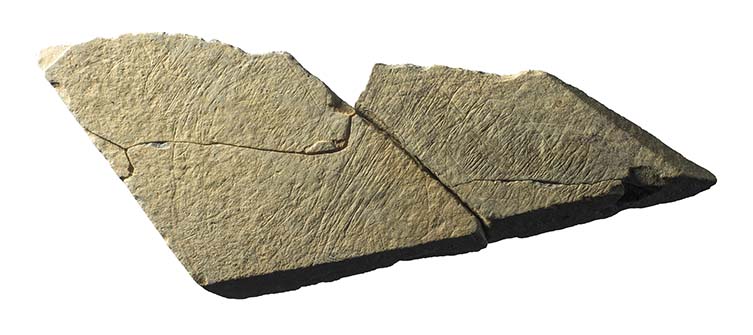
Another stone slab showing the characteristic geometric lines of the Magdalenians
Magdalenian art
A team of scientists from the Museum, the University of Newcastle and University of York have been analysing the newfound stone fragments. They believe the prehistoric markings represent the earliest evidence of artistic expression discovered in Britain and Ireland, dating back 15,000 years - about 10,000 years before Stonehenge.
The rock art is even older than the Palaeolithic cave art in Creswell Crags in Derbyshire, which was discovered in 2003 and estimated to be between 13,00 and 15,000 years old.
Dr Silvia Bello, Researcher at the Natural History Museum, London, says, 'Microscopic analysis indicates that many of the lines, including the curved, concentric designs, appear to have been made through layered or repeated incisions, suggesting that it is unlikely that they resulted from the stones being used for a functional purpose.
'The majority of the designs are purely abstract, but others could depict basic forms such as animals, landscapes or people. This strongly suggests that the plaquettes at Les Varines were engraved for purposeful artistic decoration.'
Thousands of examples of etched Magdalenian plaquettes have previously been discovered at sites in France, Spain and Portugal, but these are the first to be found in the British Isles.
Although Magdalenian settlements are known to have existed in Britain, no similar examples of artistic expression have previously been discovered here of such an early date - possibly because the culture wasn't here for long.
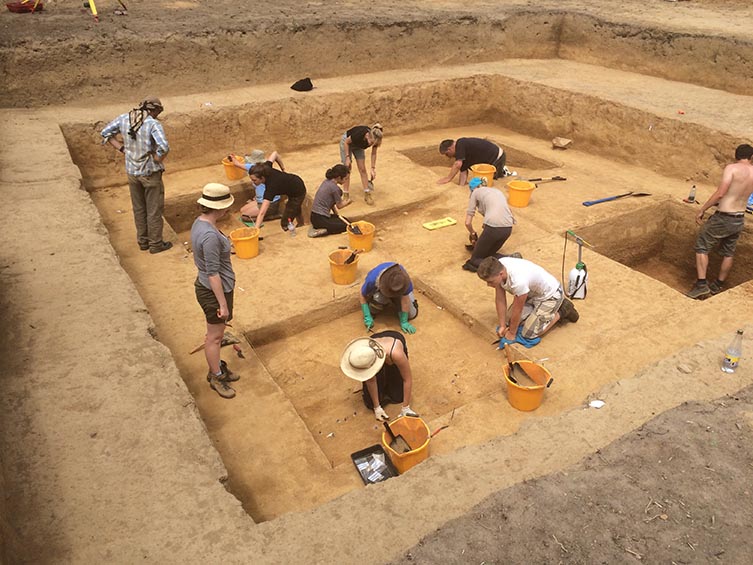
The dig site in Jersey where the Magdalenian stone slabs were found
Making prehistoric art
Magdalenian art often depicted animals or geometric designs. Bones and antlers were used to make hammers, barbed points, harpoons and needles, as well as providing material for engravings. Painting with ochre or charcoal was also common.
Animal representations were dominated by horses and mammoths, alongside pictures of deer, wolves, bears, fish and birds.
The research and excavation team, which also included experts from the universities of St Andrews, Strathclyde, Liverpool, Wales, as well as University College London Institute of Archaeology and the British Museum, analysed the stones from Jersey for evidence of how these markings were made.
The plaquettes are engraved with groups of fine lines, thought to have been purposefully made using stone tools. The geometric designs are made up of a combination of straight, parallel lines and longer, curved incisions.
The research team say that the two types of marks are likely to have been produced using the same tools, possibly by the same engraver and in short succession, giving new insight into the processes used to create the ancient designs.
Dr Chantal Conneller, Senior Lecturer at Newcastle University, says, 'These engraved stone fragments provide exciting and rare evidence of artistic expression at what was the farthest edge of the Magdalenian world. The people at Les Varines are likely to have been pioneer colonisers of the region and creating engraved objects at new settlements may have been a way of creating symbolic relationships with new places.'
The stones discovered at Les Varines, in the south east of Jersey, were found in an area thought to have been used as a hearth. Three of the fragments had been recovered from an area of granite slabs which may have served as paving, highlighting that the plaquettes were engraved in a domestic context.
Dr Ed Blinkhorn, Senior Geoarchaeologist at University College London and Director of excavations at the site, says, 'The plaquettes were tricky to pick apart from the natural geology at the site - every stone needed turning. Their discovery amongst hearths, pits, paving, specialist tools, and thousands of flints shows that creating art was an important part of the Magdalenian pioneer toolkit, as much at camp as within caves.'
More information
- The research took place as part of the Ice Age Island project, funded by Jersey Heritage, the British Academy, the Society of Antiquaries and the British Museum and the Human behaviour in 3D project funded by the Calleva Fundation.
- Read the full research paper, published in the journal PLOS ONE.
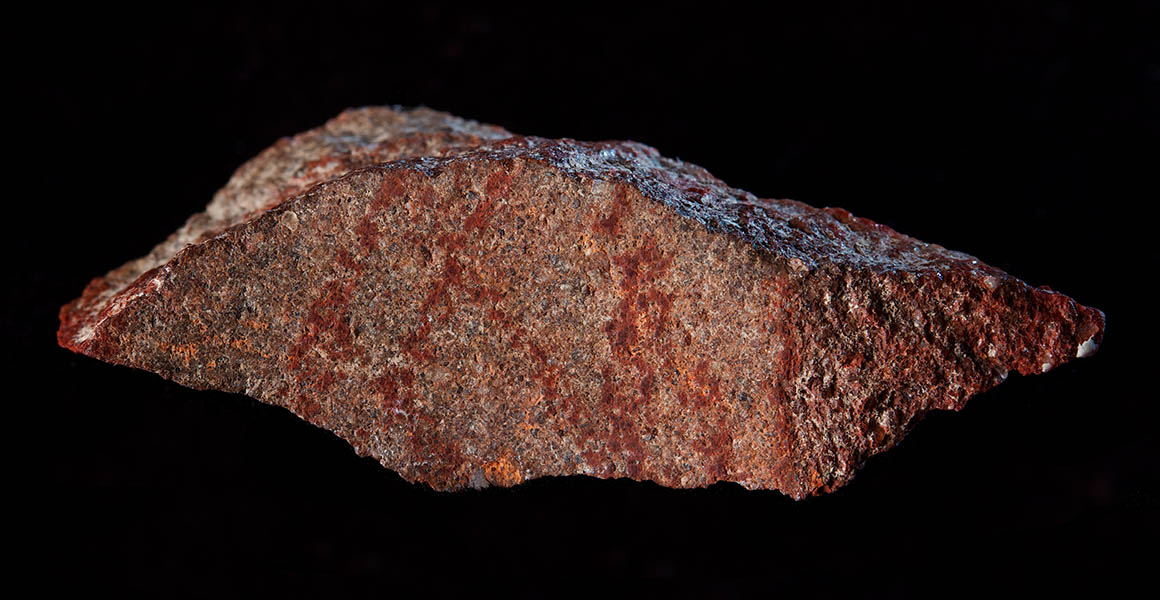
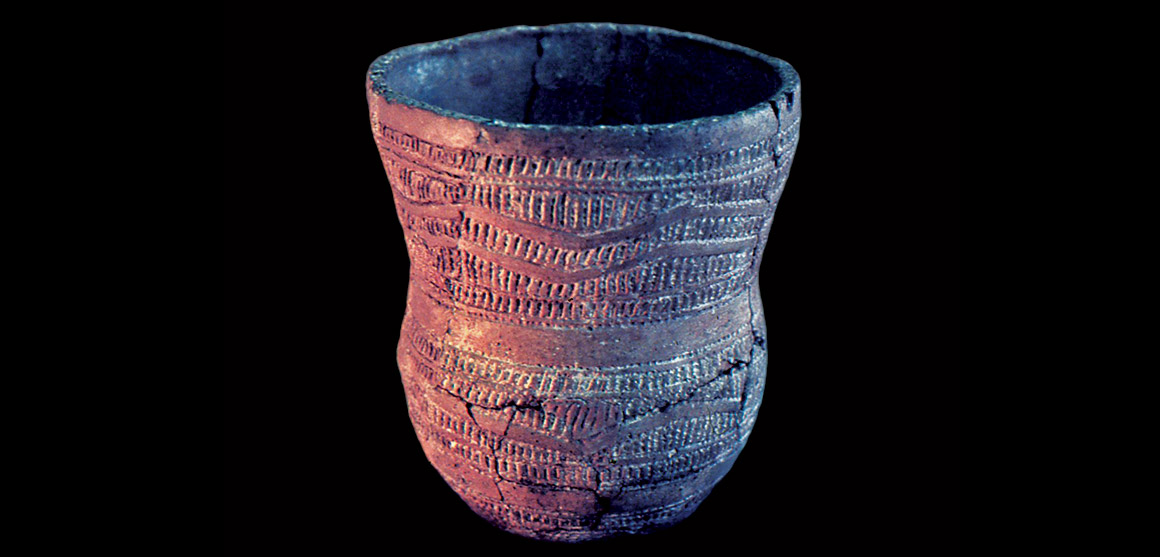

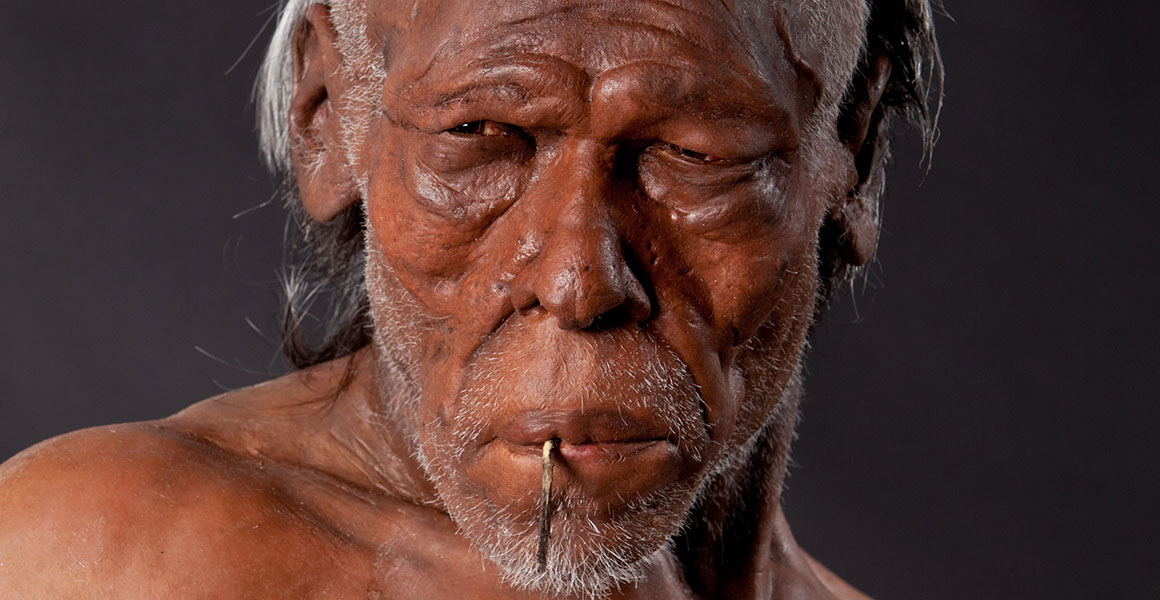
Don't miss a thing
Receive email updates about our news, science, exhibitions, events, products, services and fundraising activities. We may occasionally include third-party content from our corporate partners and other museums. We will not share your personal details with these third parties. You must be over the age of 13. Privacy notice.
Follow us on social media